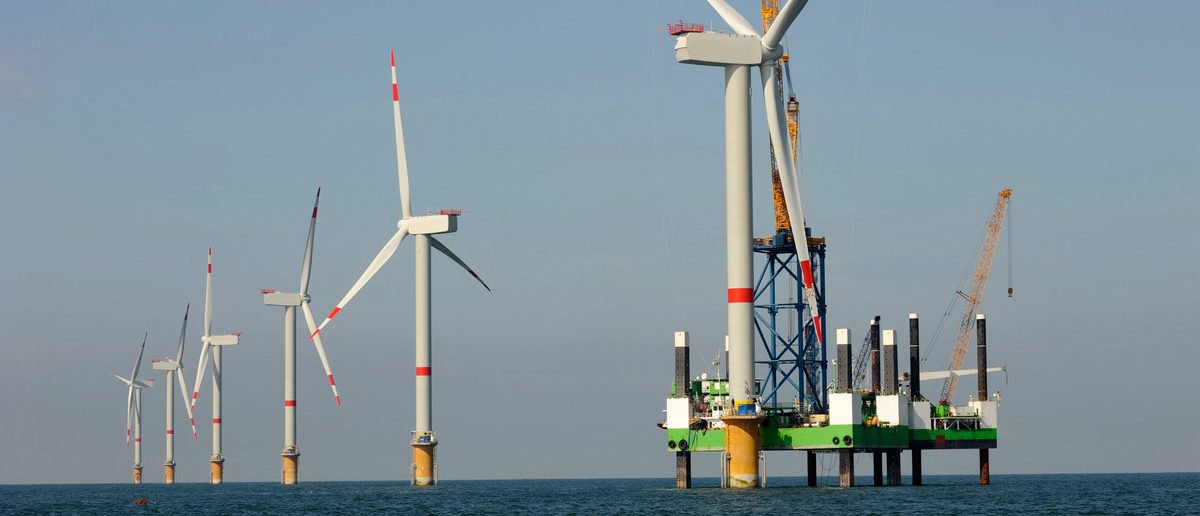We’re supposed to learn from our mistakes, but let’s face it, as often as not we don’t. If we’re not willing to face up to our own blunders, why not take note of others’ miscues?
The Biden administration is hot to trot to install giant, industrial-scale wind facilities along the U.S. East Coast, and bureaucrats at the Interior Department, which has jurisdiction over such things, are eager to sign off on new projects. But if they really had the best interests of taxpayers, ratepayers, and the environment in mind, they would ask themselves how things have worked out in Germany, which is ahead of the U.S. in offshore wind development.
Germany’s experience has not been a happy one.
Two decades into its much-acclaimed “Energiewende” (energy transition), Germany’s loving embrace of wind (and solar) has been a complete failure. And nowhere has that failure been more obvious than in offshore wind.
Germany’s North Sea and Baltic Sea coasts are indeed blustery and would appear ideally suited for the green energy future that global elites are determined to impose on the benighted masses. Thousands of giant turbines blight the country’s coastline, but the monstrosities have come up short when it comes to producing reliable and affordable energy. Germany has the highest electricity prices in Europe, with monthly power bills averaging three times higher than what they are in the U.S. As is the case in all offshore wind projects, the unsightly turbines rapidly lose efficiency as soon as they go into operation. In addition, the turbines frequently malfunction, forcing them to undergo “routine maintenance” on a regular basis. By the time they reach age 20, offshore turbines are useless and need to be replaced – at great expense.
Manufacturing Sector in a Pinch
Germany has long been a leader in manufacturing, a sector than demands a lot of energy. Heavy manufacturing requires intense heat, the kind of heat that wind (offshore or onshore) and solar simply cannot deliver. That’s why successive German governments, while dumping billions in subsidies for wind and solar power, continued to support importing natural gas from Russia; it provided reliability that no wind turbines or solar panels will ever produce. With Russian natural gas exports to Germany being throttled as a result of the war in Ukraine, German manufacturers are scrambling to line up reliable liquified natural gas (LNG) sources they can import.
Still determined to boost the country’s use of “renewable” energy, German officials are allowing the use of biomass, or the burning o wood, to produce energy. Burning wood for energy pollutes the air far more than the coal-fired plants Germany has taken out of mothballs after Vladimir Putin cut back the flow of Russian natural gas.
Environmental Damage
Aside from its failure to live up to its billing as an energy source, offshore wind makes a mockery of claims that it is clean. “For example,” notes Jason Isaak, director of LifePowered at the Texas Public Policy Foundation, “every offshore wind turbine requires a ton (literally) of neodymium, which is mined almost exclusively in China with total disregard for the environment. Firsthand accounts of China’s rare earth mines tell of lakes of toxic sludge and ‘cancer villages’ where people and livestock suffer devastating sickness from the mines’ waste.”
The commitment to renewable energy – whether in Germany, the United States, or anywhere else – is a commitment to human suffering and environmental degradation on a grand scale. It will not save the planet from a non-existent “climate crisis,” but it will line the pockets of the very few at the expense of the very many.
